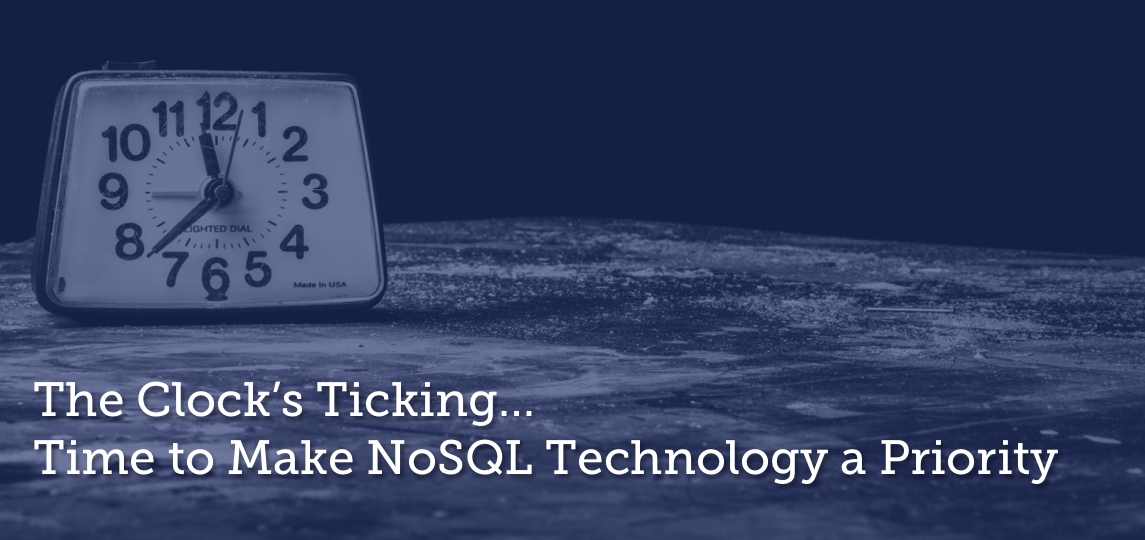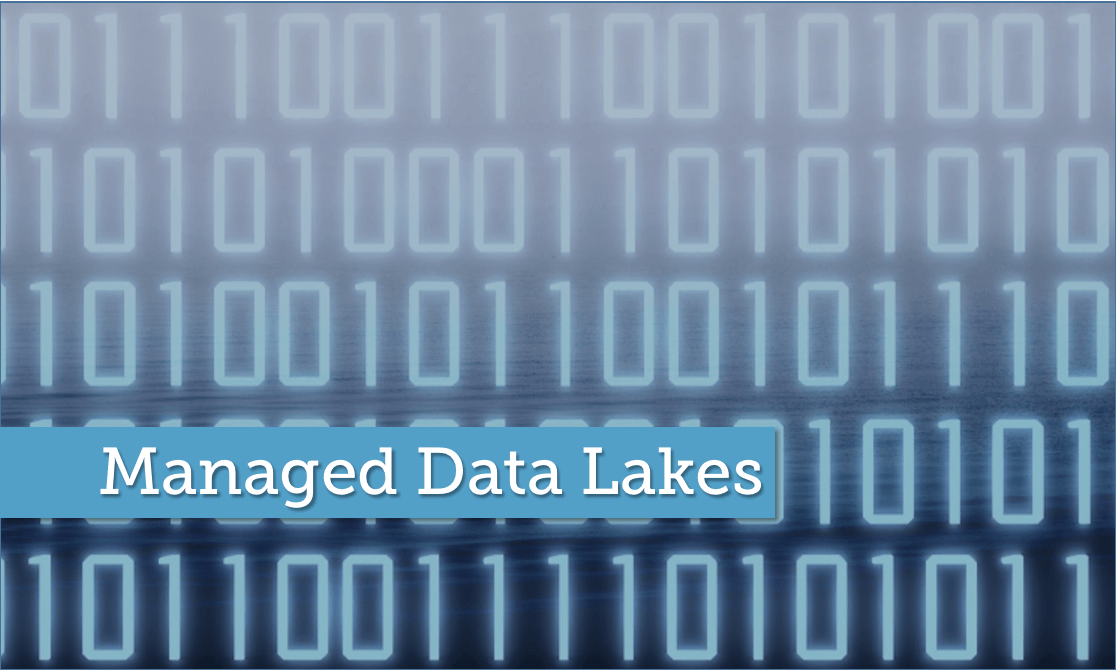Technological revolutions of the past usually came with a bang. However, that’s not the case today as industry quietly transitions systems and processes to incorporate more advanced technology. Still, the outcomes tend to be dramatic with market disruptions and societal advances.
With the rise of the IoT and data – or Big Data to be precise – various industries now operate at increased levels of efficiency and productivity.
This blog post looks at some of the sectors undergoing digital transformation and the impacts.
Digital Transformation in Manufacturing and Retail
Due to the availability of digital tools and automation, manufacturers now have more streamlined and efficient operations without sacrificing quality.
Automobile makers are excellent examples in this regard, with their production plants fabricating parts that have meticulous details and measurements – a process achievable consistently and with less errors through the use of machines and computers.
Retail is another sector that’s progressing rapidly through digital transformation. For instance, the recent merger of Amazon and Whole Foods gives consumers easier and quicker access to products through a series of developments. Entire sections of various items have been added to their online shopping portals.
Retail spaces are being upgraded with interactive and/or virtual displays, giving customers new ways to test items before purchasing. The retail firm also launched its first Amazon Go store recently, which implements a ‘check-out free’ system – buyers simply get what they need and sensors embedded in the products signal the system to charge the users’ accounts as they walk out.
Digital Transformation in Transportation
Uber is the perfect example of effective digital transformation in transportation. Hailing a ride is the underlying principle, but passengers can procure transport service easier, faster and at reasonable fares.
Of course, the transition didn’t stop there. Some companies are working to make large-scale formats available, such as shuttles and car-sharing, which you could think of as the Airbnb of the transportation sector.
Digital Transformation in Entertainment and Media
Forbes says the entertainment industry is becoming the testing ground for more digital content from retailers. For example, corporations that typically sell consumer packaged goods are venturing into original content and “actually producing edgy original series.”
PepsiCo is at the forefront of this next frontier, aiming to establish a greater presence in the age of Netflix, YouTube and other fresh streaming content channels.
The F&B giant even constructed its own massive studio that can relay real-time content to the entire globe.
Digital Transformation in Logistics and Supply Chains
In terms of logistics, ‘blockchain’ technology is revolutionizing entire processes that bring products from suppliers to consumers. For instance, the world’s leading shipping company, Maersk, recently conducted a test to track its cargo with blockchain, according to Fortune.
The key takeaway here is that each container was monitored remotely through digital connections protected by cryptographic signatures.
Digitalization is applied on the part of employees as well, specifically on vehicles that deliver cargo. As of last year, the U.S. requires fleet operators to use electronic logging devices that Fleetmatics specified as devices used mainly to track hours of service.
They’re given until the end of 2017 to comply. As such, truckers now have a digital tool for recording and receiving data, saving time and resources in regard to paperwork.
Digital Transformation in Finance and Banking
The finance and banking sector was quick to adopt mobile technology. ‘Digital finance’ is giving account holders the power to conduct transactions through handheld devices.
Emerging economies benefit greatly from this trend, with many financial institutions embracing the change from traditional to digital accounts. Moreover, mobility is being used in other related processes, such as loan applications, tax collection and fund allocation.
Digital Transformation in Medicine and Healthcare
Digital equipment and devices are taking over healthcare. Dr. GSK Velu, who contributes to the Economic Times’ Healthworld, even went as far as to say that the human being is now ‘digitized.’
Vital signs and other medical data now can be monitored even when the physician and patient are not in the same room. Surgery also can be performed with the surgeon a world away from the operating table.
Digital Transformation in Government
Several government applications and processes are also undergoing digital transformation. In many cases, such processes are already conducted digitally today. And to further improve such capabilities, Forbes relayed that nations like the U.S. are deploying AI support in select tasks.
Helpdesks and contact centers have the assistance of chatbots, and more advanced cybertechnologies are used for sustainability as well as national security.
Despite this, the U.S. Bureau of Labor Statistics projected that there will be minimal loss of government jobs within the foreseeable future, as most of the manpower will be transferred to more public-centric services. It’s a win-win situation for both government and its citizens.
Digital Transformation is Everywhere
It’s clear that data makes the world go ‘round, and more developments are to come. As data collection, flow and management are further enhanced, innovations such as smart cities and connected cars will be fully realized. Futurism suggests that consumers will even begin to profit from the data they share online. It’s “the new oil.”
And with the increase in value, the volume of data has been sky rocketing. Managing all of this data is becoming ever harder, with disparate data sources being just one of many headaches for data professionals. That’s why much of our blog focusses on best practices in managing Any² – any data, anywhere.
To join the experts, and stay up to date with the erwin blog click here.











